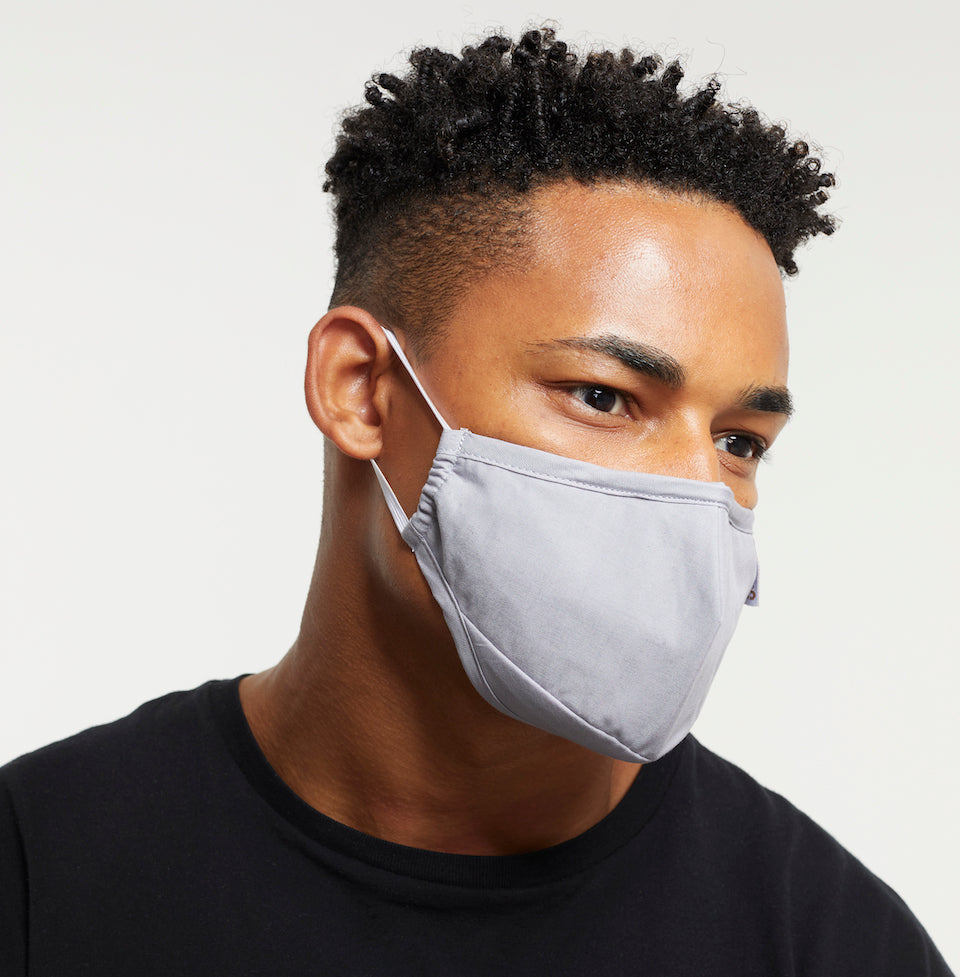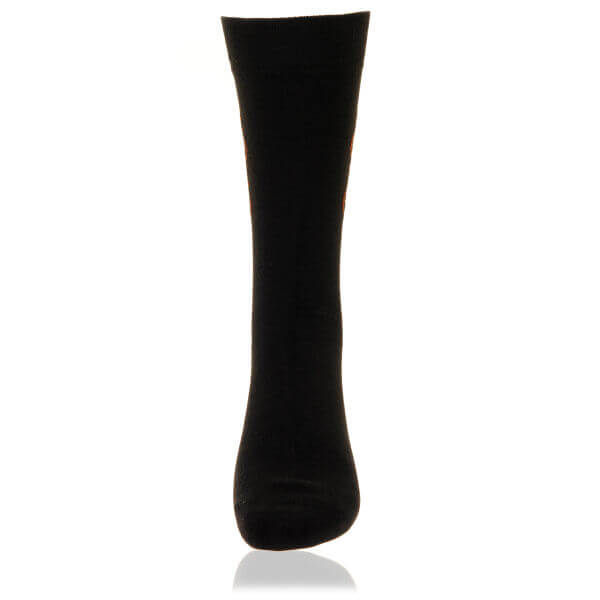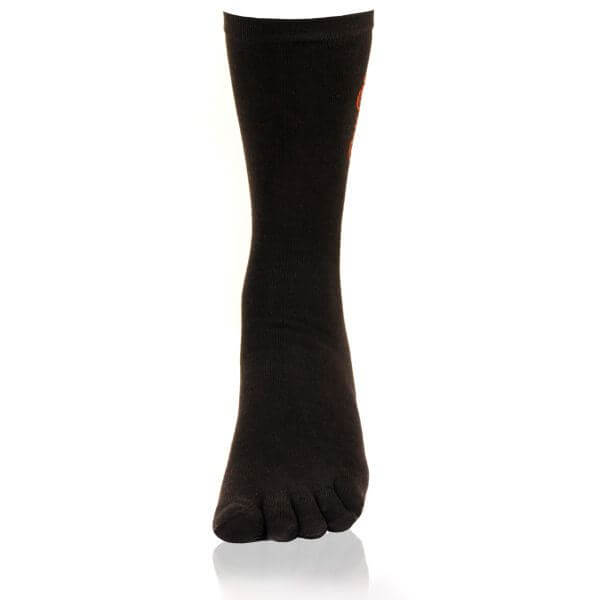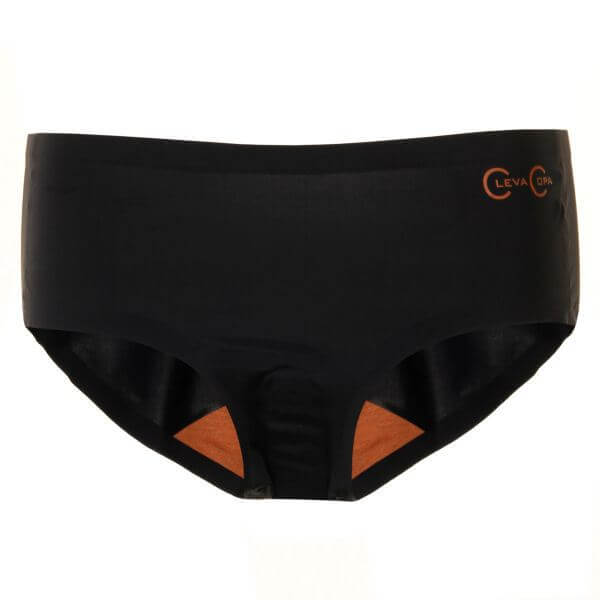Copper’s Anti-Microbial Powers Can Help in the Battle Against E. Coli Outbreaks
Published
November 04 2017
Escherichia coli or E. coli is one of the most common food-borne bacteria found in hotels, restaurants and households, as well as hospitals and other healthcare environments. While many strains of this bacteria don’t cause any harm, others such as O157:H7 and 0104:H4 are pathogenic and potentially deadly. Good hygiene practices are essential for keeping this bacteria and other pathogens away from food and contact surfaces. However, there is still a high risk of cross-contamination and infection in areas where food is produced or handled. According to studies, the answer to fighting E. coli outbreaks may lie in a common metal: copper
How Does An Outbreak of E. Coli Take Place?
Like MRSA (Methicillin-Resistant Staphylococcus aureus) and VRE (Vancomycin-Resistant Enterococcus faecalis), E. coli is often considered a super-bacteria. It can survive in extreme conditions and is easily transferred to food items from contaminated surfaces, raw food and even dirty hands or utensils, causing mild to severe food poisoning.
The risk of a bacterial outbreak is particularly high in households, restaurants and hotels, where contaminated food items may be handled or consumed by multiple people. Other than affecting the health and safety of people residing, working or eating meals there, it can also cause significant financial damage for commercial dining establishments.
Read these Articles and Find Out More About the Effects of Ecoli Outbreak
What is the Effect of Copper on Pathogenic Bacteria?
Copper has powerful anti-microbial properties, which makes it a quick and effective natural disinfectant. According to various studies, contact with copper (or copper alloys such as bronze and brass) kills over 99.9% of bacteria, including resistant strains such as MRSA, VRE and pathogenic E. coli.
Here’s how effective copper is against E. coli bacteria:
- Upon contact with a dry copper surface, 10 million E. coli are killed within 10 minutes
- Upon contact with a wet copper surface, E. coli are completely eliminated in 45 minutes
As a result of these findings, copper contact surfaces and clothing are becoming a popular option for killing/preventing bacterial outbreaks in healthcare and food preparation industries.
What Are High-Contact Surfaces and How Does Copper Help?
The risk of bacterial infection increases with “high-touch” surfaces, i.e. surfaces which may be exposed to contaminated food, medical equipment, skin, etc.
Some examples of high-contact surfaces in different industries include:
- Faucet handles
- Countertops and sinks
- Door handles
- Cabinet pulls
- Chopping boards
- Butchers’ blocks
- Drinking fountains
- Toilet flush levers
- Hospital/restaurant furniture
- Blankets and bed linen
- IV poles, call buttons, etc.
- Gym equipment
… and more. Today, copper is extensively used in a wide range of high-contact surfaces, to improve hygiene and infection control. Other than antimicrobial copper surfaces, copper-infused blankets, bedsheets and clothing are becoming common in hospitals. That’s not all, though. These items are also making their way into health-conscious homes and restaurants.
The Copper Revolution is Actually a Comeback
While modern science is still catching up to the huge benefits that copper offers, history tells us that this is nothing new. Our ancestors treated copper as a precious metal, and they may already have known what we’re just finding out.
Copper was used to sterilize wounds, purify water for drinking and even treat burns or infections by the Ancient Egyptians. It’s also a common feature in Ayurveda, a form of alternative medicine that dates back thousands of years. Thanks to modern technology, though, we’ve managed to harness copper in a wider range of forms than ever before. These days, copper components can be found in everything from furniture to food containers, as well as textiles, paints, resins and more.
Check out Copper Clothing Benefits to learn more now!
































